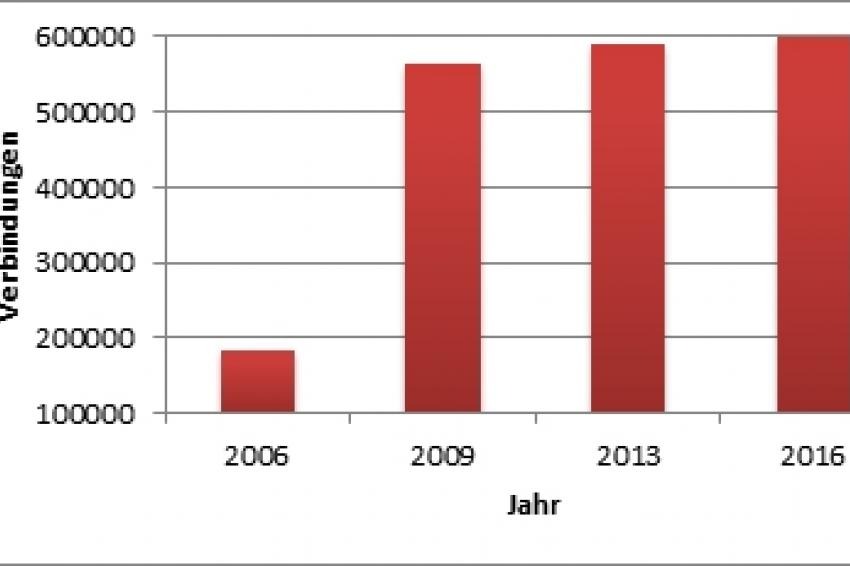Breathing New Life into Spectroscopy
GC-MS Laboratories That Don’t Update Their Reference Spectra Databases Are Crippling Productivity
Gas-chromatography mass-spectrometry (GC-MS) instruments are useless without reference spectra databases. Without reliable reference spectra to search against, the identity of compounds can only be guessed. This is why GC-MS instruments are purchased from manufacturers with reference spectra databases pre-installed. Wiley Registry of Mass Spectral Data and the NIST Mass Spectral Library are regarded as “must-have” databases and are most commonly found on newly manufactured instruments.
Problems emerge a year or two after purchasing the instrument. Firstly, the lab may need to solve new types of problems and the compounds to be identified are not present in the reference spectra database, so they cannot be detected.
Secondly, new compounds that are not covered in the database enter circulation and also cannot be detected by the laboratory; this is particularly true in toxicology, where laboratories have a daily struggle to keep up with emerging illegal substances; designer drugs is an extreme example.
Improving Laboratory Productivity
As time goes by, spectroscopists spend more and more time guessing the identity of compounds because they can’t find good matches in the database. The instrumentation (and therefore the reference spectra) won’t be renewed for many years, so productivity steadily declines.
Data scientists at Wiley, in partnership with reputable analytical laboratories, continually work to update industry-standard databases, releasing updated editions that contain new compounds that are likely to appear in laboratory samples. Specialized databases to help with specific workflows such as clinical screening and toxicology are also developed and improved.
Wiley Registry is a general-purpose reference spectra database essential to identifying compounds using GC-MS. It has been intensively developed and extended over several decades. The latest edition published in 2016 contains over three times as many compounds as it did 10 years ago (see figure).
Furthermore, in the latest edition, 79% of the compounds covered by this library are not covered by the NIST library. This means if the lab uses old reference spectra databases, or only has the NIST library, it will be blind to hundreds of thousands of compounds.
The company’s topical databases include Mass Spectral Library of Drugs, Poisons, Pesticides, Pollutants and Their Metabolites (known simply as “MPW”) from the laboratory of Hans Maurer, University of Saarland. The MPW is essential for clinical urine screening. As shown below in this GC-MS analysis of human urine, having both the latest Wiley Registry and MPW is essential for comprehensive and accurate screening (see table).
Designer Drugs 2016 is another topical database from Wiley and the laboratory of Peter Rösner, a leader in the battle against novel psychoactive substances. New substances appear on the streets at an alarming frequency, such that new editions of this database must be released annually. Every successive edition contains thousands of novel substances and so it is essential for toxicology labs in healthcare and law enforcement to keep up-to-date.
Update Spares Investment in New Instrumentation
The latest editions of all reference spectra databases, including the NIST library, are available on demand and are delivered to laboratories worldwide on DVD so it is not necessary to wait and invest in completely new instrumentation to update reference spectra databases.
Each DVD contains an easy-to-use installer that appends the new database to the database originally installed on the instrument. Installation is self-explanatory, requires only a few minutes of downtime, and all major instrument manufacturer formats are supported.
Once installed, the new reference spectra can be searched seamlessly alongside the original databases, so the laboratory can immediately identify many thousands of compounds it was previously blind to, and is capable of solving new problems without training or changes to workflow. This is why updating reference spectra databases is a quick and simple solution to improve laboratory productivity.










